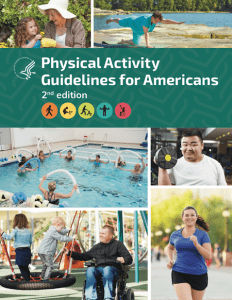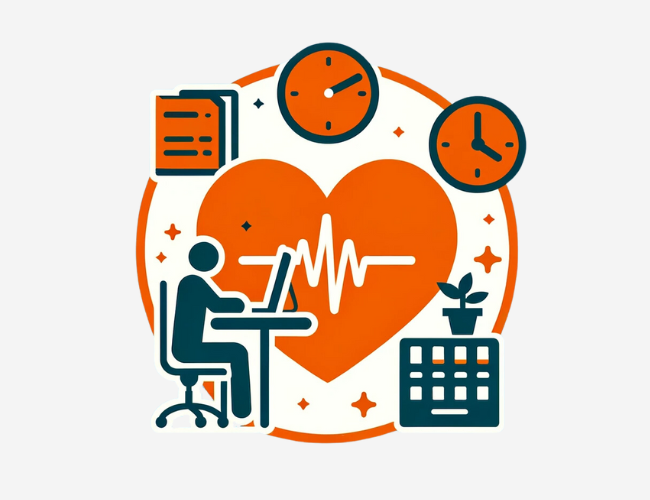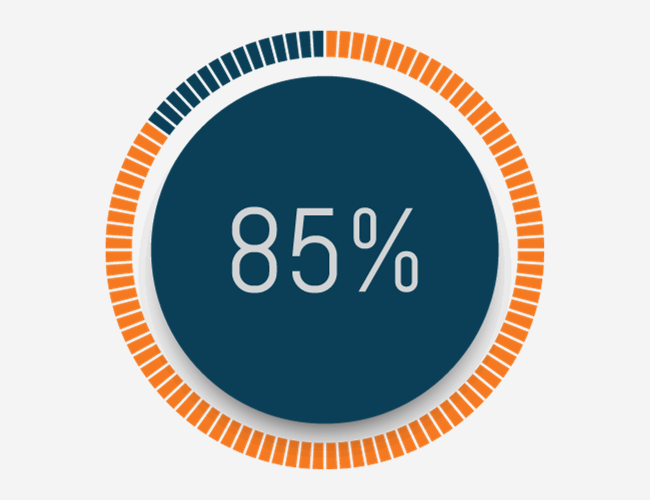 It’s no secret that exercise is beneficial, but new physical activity guidelines issued by the U.S. Department of Health and Human Services details just how important exercise is—and how many people don’t get enough of it.
It’s no secret that exercise is beneficial, but new physical activity guidelines issued by the U.S. Department of Health and Human Services details just how important exercise is—and how many people don’t get enough of it.
The second edition of the Physical Activity Guidelines for Americans, updated in 2018, has daunting statistics: 117 million people—about half of American adults—have chronic diseases that are preventable. Although the effects of most of those diseases can be lessened through aerobic exercise and muscle strengthening, most Americans (80%) aren’t physically active enough to see the benefits. According to the guideline report, this lack of exercise accounts for $117 billion in healthcare costs and 10% of premature deaths each year.
What’s New In the Guidelines for 2018?
Compared to the first exercise guideline report, which debuted in 2008, the new report notes several highlights, such as:
- Brain Health – Activity can improve cognitive function, reduce the risk of Alzheimer’s disease, reduce anxiety and depression, and improve sleep.
- Immediate And Long-term Benefits – Just a single session of moderate to vigorous exercise can reduce blood pressure and anxiety as well as improve sleep and cognition. Regular exercise can result in even greater improvements including disease reduction.
- Sitting Is Bad For Health – Sedentary activities, like sitting, increase the risk of death from all causes and specifically from cardiovascular disease.
- Lower Guidance – The 2008 guidelines recommended a minimum of 10 minutes of activity to count as exercise. The new 2018 guidelines count any kind of activity that increases the heart rate, regardless of time.
Optimal Amount of Exercise Remains The Same
The ideal amount of exercise per week did not change from the original guidelines. Adults should get 150 to 300 minutes of exercise per week at moderate intensity (i.e., brisk walking, water aerobics, ballroom dancing, or doubles tennis) or 75 to 150 minutes of exercise per week at vigorous intensity (i.e., running or swimming laps). In addition, two days of muscle strengthening activities are also recommended.
While spending this time—or even longer—exercising is recommended, the report’s emphasis on shorter spurts of activity is important to note because these can be incorporated throughout the day and can easily interrupt sedentary activities. Climbing the stairs instead of taking the elevator, parking farther away in the lot, or taking a periodic five-minute walk break around the office or house are little ways that now help meet the recommended guidelines.
What Employers Should Know About These Guidelines
Employers should make sure their wellness programs reflect the new guidelines. With every minute now counting toward fulfillment of the guidelines, wellness coordinators can look for ways to help employees participate in quick physical activities in the work day. Encourage walking meetings or stretch breaks for employees who must remain at their desks. Start a lunch time walk group or social activity that encompasses physical activity.
Whether these changes augment the company’s current wellness program or are the first steps in developing one, the message is the same: employees who exercise are physically and mentally healthier. Those short and long-term gains will help them thrive personally and professionally while developing a healthy, energetic workforce that will benefit the company.












